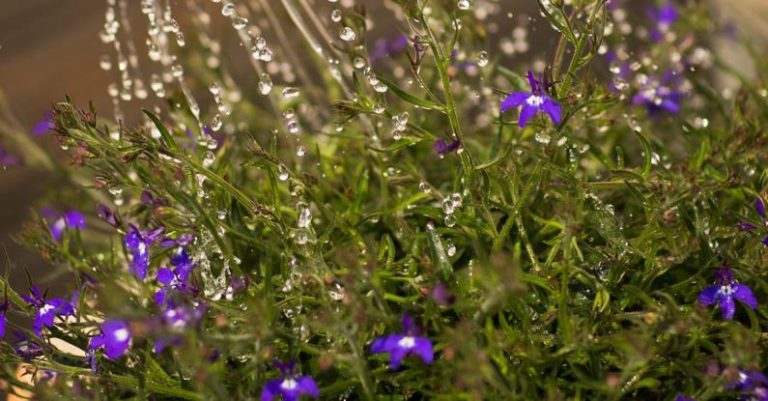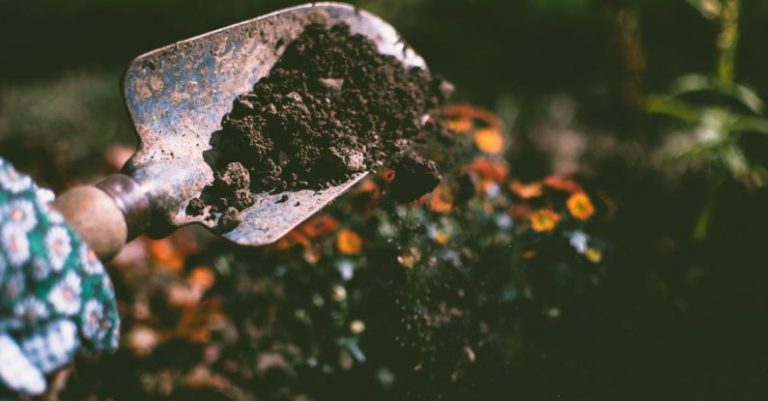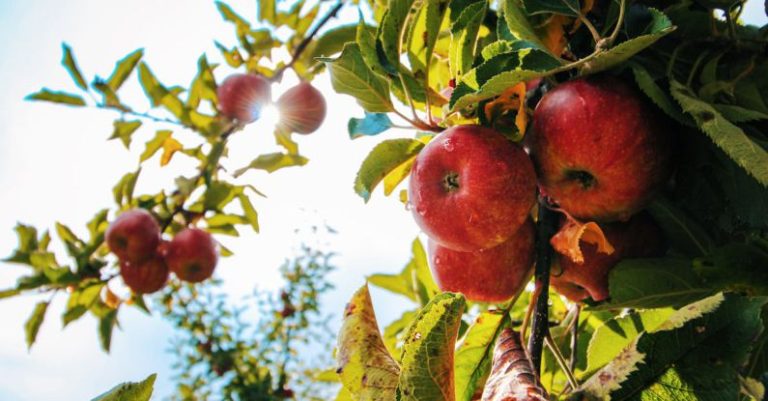Garden Pests and How to Deal with Them
Maintaining a beautiful garden can be a rewarding experience, but it also comes with its fair share of challenges. One of the most common issues that gardeners face is dealing with pests that can wreak havoc on plants and flowers. From pesky insects to hungry critters, these garden invaders can quickly turn a thriving garden into a disaster zone if left unchecked. In this article, we will explore some of the most common garden pests and provide you with practical tips on how to deal with them effectively.
Identifying Common Garden Pests
Before you can effectively address a pest problem in your garden, it’s essential to first identify the culprit. There are several types of common garden pests that you may encounter, each with its own unique set of characteristics and behaviors.
Aphids are tiny insects that feed on plant sap, causing leaves to curl and yellow. They can multiply rapidly, so early detection is key to preventing widespread infestations. Slugs and snails are another common garden pest that can quickly devour tender young plants, leaving behind a trail of destruction. These slimy creatures are most active at night and thrive in damp conditions.
Caterpillars, such as the cabbage looper or tomato hornworm, are voracious eaters that can defoliate plants in a matter of days. Their presence is often signaled by the telltale holes they leave behind in leaves. Finally, deer and rabbits are larger pests that can wreak havoc on gardens, munching on everything from flowers to vegetables.
Effective Pest Control Strategies
Once you have identified the garden pest causing trouble in your garden, it’s time to take action. Here are some effective pest control strategies to help you protect your plants and keep your garden thriving:
Natural Predators: Encouraging natural predators, such as ladybugs, lacewings, and birds, can help keep pest populations in check. These beneficial insects feed on garden pests and can be a valuable ally in your pest control efforts.
Physical Barriers: Installing physical barriers, such as row covers or netting, can help protect your plants from pests like slugs, snails, and larger animals. Make sure to secure these barriers tightly to prevent pests from finding their way in.
Companion Planting: Planting certain flowers and herbs alongside your vegetables can help deter pests and attract beneficial insects. For example, marigolds are known to repel aphids, while lavender can attract pollinators that help keep your garden healthy.
Organic Sprays: If pest populations become too overwhelming, organic sprays made from ingredients like neem oil or garlic can be an effective way to control them. These natural solutions are safer for the environment and can help protect your plants without resorting to harsh chemicals.
Regular Maintenance: Keeping your garden clean and well-maintained can go a long way in preventing pest problems. Removing debris, weeds, and overripe fruits can help eliminate hiding spots and breeding grounds for pests.
Stay Vigilant: Regularly inspecting your plants for signs of pest damage and taking prompt action can help prevent infestations from getting out of control. Early intervention is key to keeping pests at bay and preserving the health of your garden.
Conclusion: A Thriving Garden Awaits
Dealing with garden pests can be a challenging task, but with the right strategies and a proactive approach, you can protect your plants and enjoy a thriving garden throughout the season. By identifying common garden pests, implementing effective pest control strategies, and staying vigilant in your maintenance efforts, you can create a healthy and pest-free environment for your plants to flourish. With a little patience and dedication, you can overcome pest problems and create a beautiful outdoor oasis that you can enjoy for years to come.






